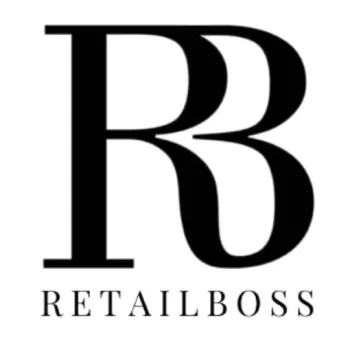The fast-fashion sector is poised for significant expansion as the fashion industry continues to evolve, driven by technological advancements and shifting consumer preferences. According to a Technavio report, the global fast-fashion market is projected to grow by $79.2 billion from 2025 to 2029, accelerating at an 11% compound annual growth rate (CAGR). This surge reflects the burgeoning youth population’s appetite for affordable, trend-driven clothing and the transformative role of social media and AI in reshaping retail experiences.
Market Drivers: Youth Demographics and Social Media Influence
The fast fashion industry’s growth hinges on Gen Z and millennials, who prioritize affordability and rapid trend turnover. The global youth population is expected to grow by 7.9% to 1.3 billion by 2030, with this demographic accounting for over 60% of fast fashion sales. Social media platforms like Instagram, which boasts 2 billion monthly active users, amplify trends through influencer partnerships and real-time engagement. Brands leverage these platforms to showcase collections, driving instant purchases—30% of internet users engage with fashion content weekly.
Technological Innovations Reshaping the Industry
AI and immersive technologies are revolutionizing design and retail:
- AI-Powered Design: Algorithms analyze social media trends to predict and produce styles within weeks, reducing traditional design cycles by 70%.
- Virtual Try-Ons: Augmented reality (AR) tools, like those used by ASOS and H&M, allow customers to visualize outfits via smartphone apps, boosting online conversion rates by 25%.
- Blockchain for Transparency: Brands like H&M and Zara deploy blockchain to combat counterfeit products (a $30 billion annual challenge) and ensure ethical sourcing (Earth.org).
Market Expansion and Regional Dominance
The market, valued at $141.23 billion in 2024, is expected to reach $214.24 billion by 2029. Key regional insights:
- North America: Leads with 53% market share, driven by high disposable incomes and digital adoption (Technavio).
- Asia-Pacific: Fastest-growing region, fueled by urbanization and a 500 million-strong youth population in India and China (Research and Markets).
Challenges and Competitive Landscape
Despite growth, the industry faces headwinds:
- Sustainability Pressures: Fast fashion contributes to 10% of global carbon emissions, prompting brands like Zara to launch recycled clothing lines.
- Counterfeit Products: Fake goods account for 3.3% of global trade, pushing companies to adopt AI-driven authentication systems.
Major players like H&M, Forever 21, and Shein dominate through agile supply chains and hyper-localized marketing. Emerging markets see traction with low-cost producers like Reliance Industries (India) and Pinduoduo (China).
Future Outlook: AI and Personalization
Technavio highlights AI-driven personalization as a key growth lever, with tools like dynamic pricing and chatbots enhancing customer retention by 40%. Meanwhile, VR/AR integration in physical stores is projected to increase foot traffic by 15% by 2027.
As CEO of H&M, Helena Helmersson, notes: “The fusion of tech and fast fashion isn’t optional—it’s essential to staying relevant to tomorrow’s consumers.”

















